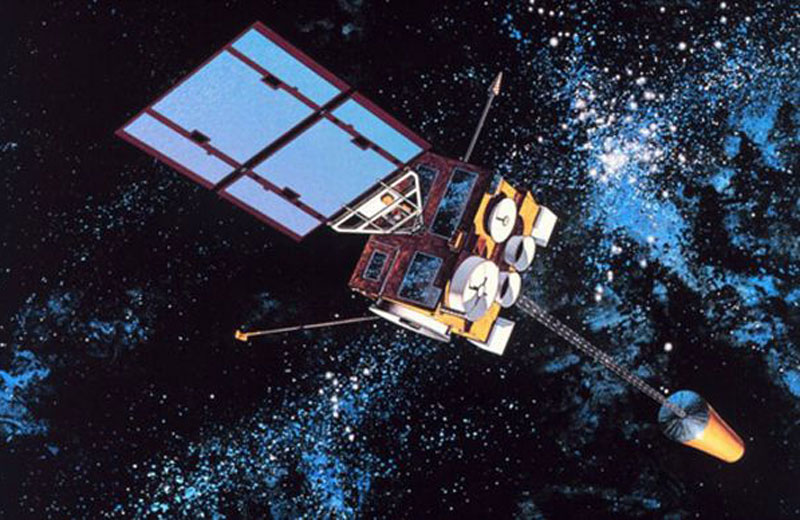Satellites Gallery: Science from Above
Earth's Water Cycle

Another research satellite designed to help scientists understand the water cycle in Earth's climate system, the Tropical Rainfall Measuring Mission (TRMM) satellite gathers data on rainfall and the associated heat release associated. The satellite is also helping NASA researchers better understand how clouds affect climate.
Curious Clouds

Launched on a Delta II rocket in April 2006, CloudSat is another NASA Earth observation satellite used to measure the activity and properties of clouds. The data collected by this satellite is vital in determining the relationship between Earth's clouds, climate and global warming. To attain cloud information, CloudSat mainly uses Cloud Profiling Radar, which measures the energy backscattered by clouds.
Earth's Clouds

Another Earth weather satellite, the Cloud-Aerosol Lidar and Infrared Pathfinder Satellite Observations (Calipso) is a joint project of both NASA and the French space agency CNES. Remote-sensing technology on board the environmental satellite continually monitors the Earth's clouds. Along with the Cloudsat, Calipso was launched into orbit atop a Delta II rocket in April 2006. The Cloudsat (upper left) and Calipso satellites are shown in this artist's rendition.
NOAA-N Prime

NOAA-N Prime, another orbiting environmental satellite, was launched in February 2009. A part of the U.S. National Oceanic and Atmospheric Administration's Polar Operational Environmental Satellite (POES) series of weather satellites, NOAA-N Prime contains instruments that collect data for weather and climate predictions. The above illustration depicts NOAA-N Prime's movement in orbit.
Sign up for the Live Science daily newsletter now
Get the world’s most fascinating discoveries delivered straight to your inbox.










